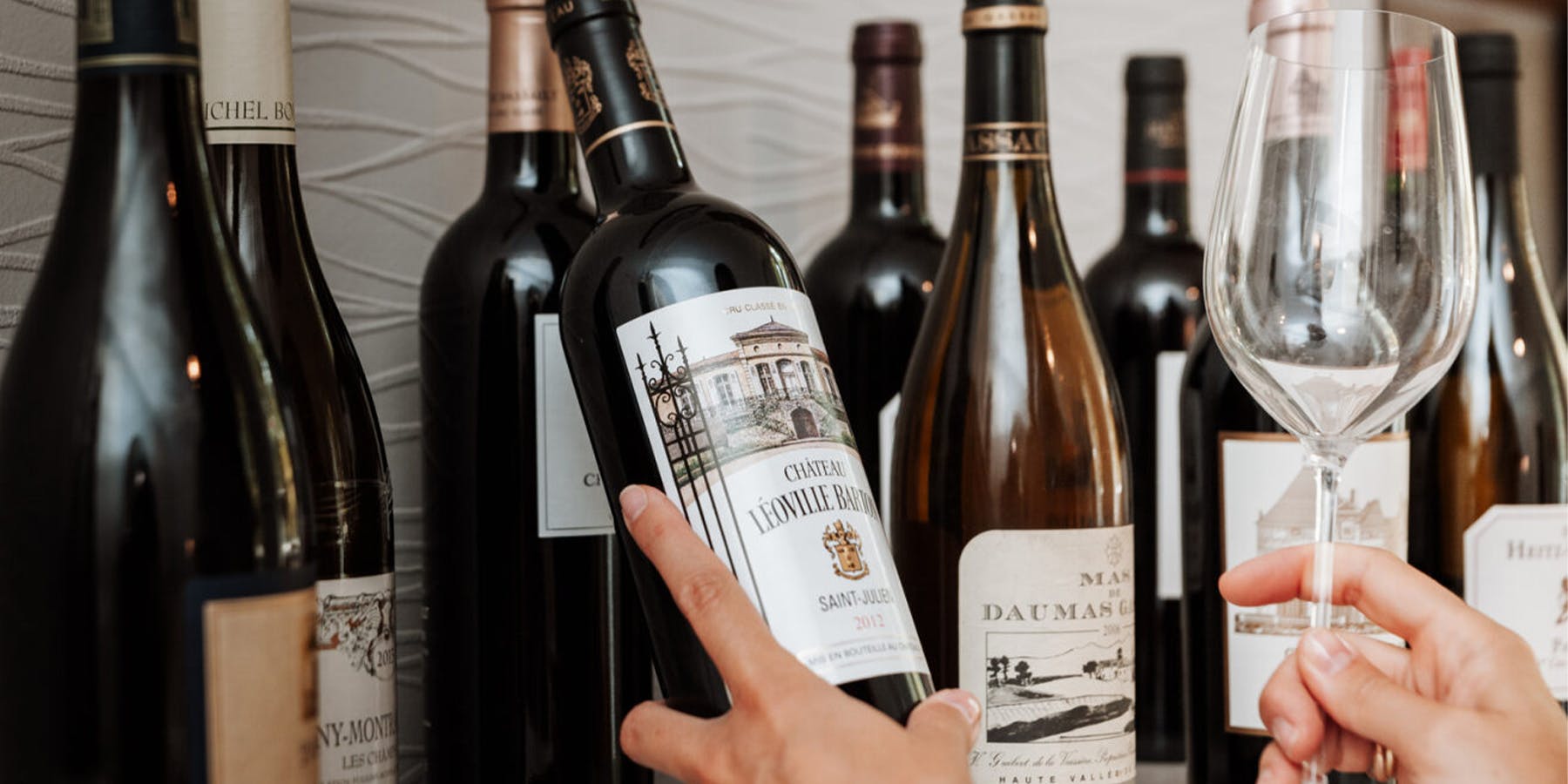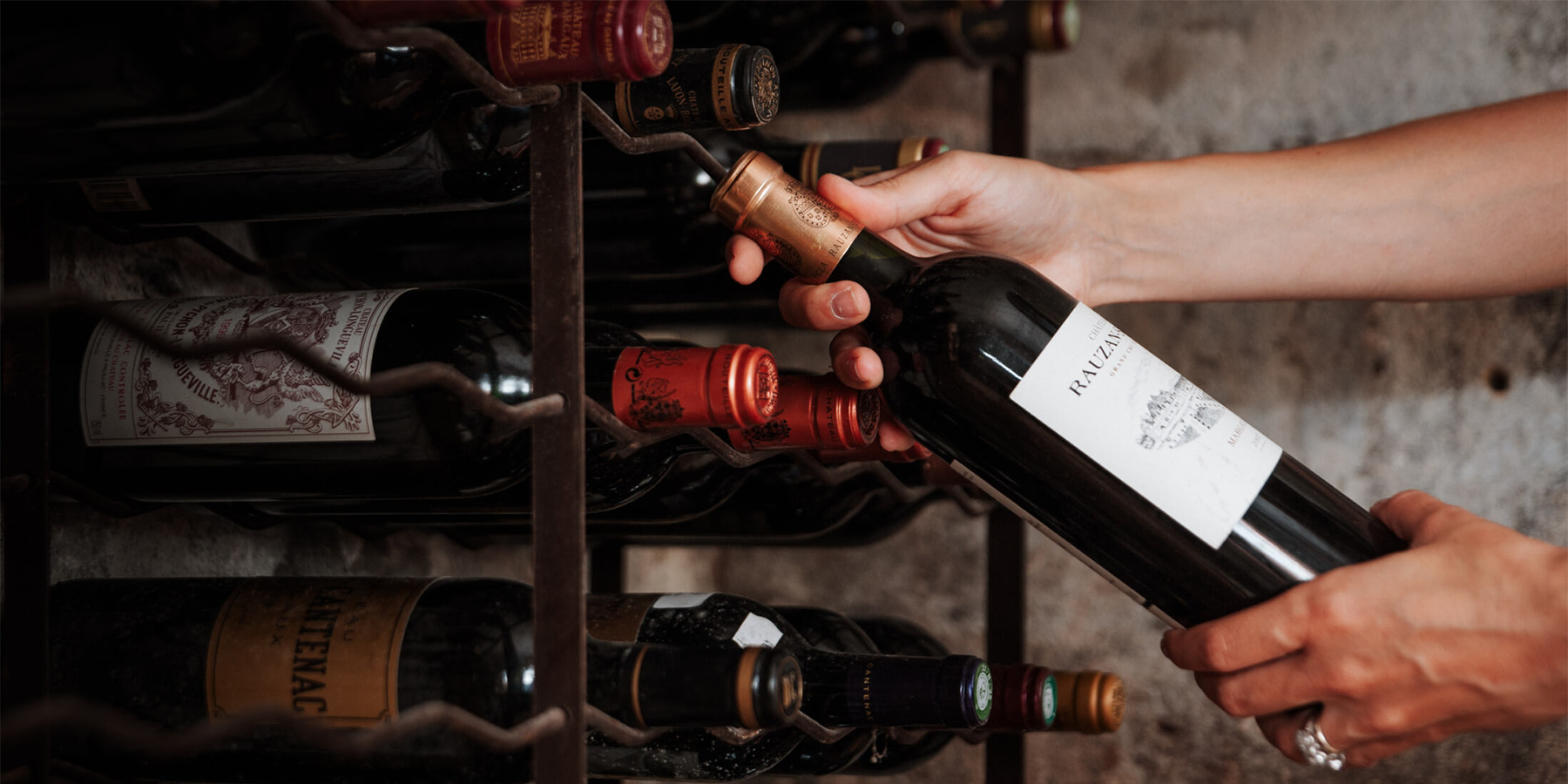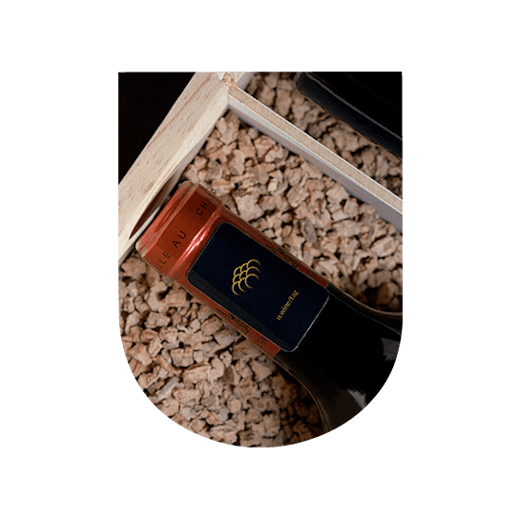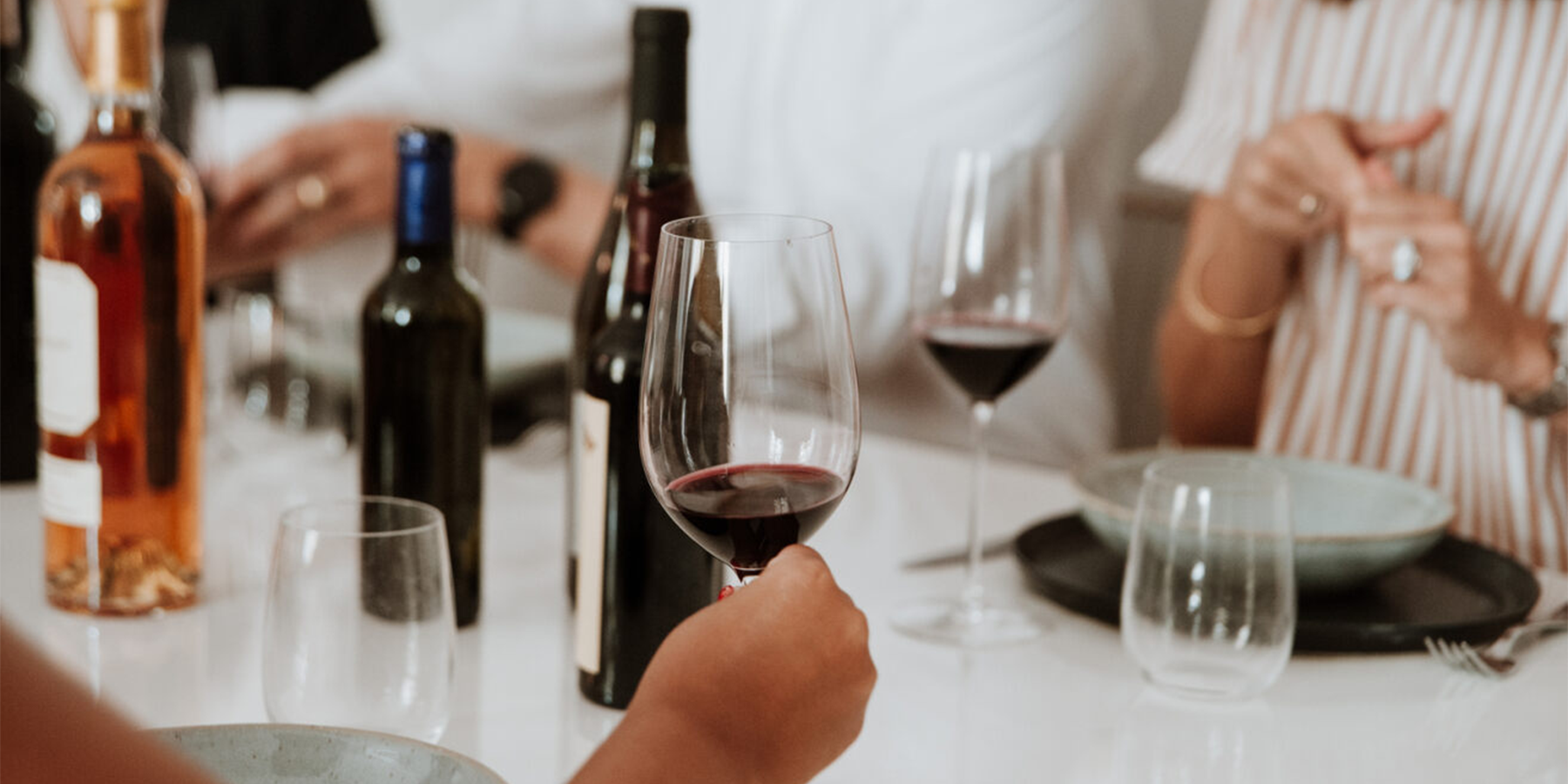- Wine world
How do I know when my wine is ready to drink?
- Tue, Feb 27, 2024 at 18:00

What is the difference between a wine for laying down and one that is ready to be enjoyed?
It's essential to understand what a wine's apogee is. The peak represents the moment when the wine fully expresses its aromas, flavours and balance. It is at this point that all the characteristics of the wine come together harmoniously to offer a remarkable taste experience. Apogee can vary depending on the type of wine, the vintage and even the producer. Some wines reach their peak quickly, while others require a longer period of maturation. It is important to note that there are two categories of wine:
- Ready-to-drink wines: these wines have a relatively short shelf life and are generally consumed within 2 years of purchase.
- Wines for laying down: these wines can be kept for long periods, sometimes even several decades.

The main distinction? The longer ageing potential of wines for laying down. To give you a few examples, Bordeaux red wines, made from grape varieties such as Cabernet Sauvignon and Cabernet Franc, and Burgundy wines made from Pinot Noir, are renowned for their ability to age well thanks to their tannic structure and balanced acidity. As for sweet wines, Monbazillac and Sauternes can be kept naturally for longer due to their sugar content, which favours preservation.
On the other hand, a wine that is ready to drink is one that has already reached its peak and can be enjoyed immediately after purchase. They offer a pleasant taste experience without the need for a long period of maturation. Rosé wines and certain white wines made from Sauvignon Blanc or Pinot Gris often fall into this category.
How can you tell if a wine has reached its peak?
To determine the ideal moment to open and enjoy your bottle of wine, it's important to use your expertise. Yes, a wine's peak is not limited to a specific date. A wine that was excellent the previous year could be just as good, or even better, the year after.
You don't need to be an expert to find out, as technical information on each wine is available on specialised websites, directly from the producer's website or via the U'wine Personnal Shopper service. U'wine can also help you with its digital tools, in particular the U'wine application. A "tag" chip is placed on the neck of each of our bottles to enable you to manage your wine cellar easily and remotely. The U'wine app provides you with detailed information on each bottle of wine, including the optimal consumption period.

How can you tell if a wine has gone out of fashion?
Knowing whether a wine is past its prime is crucial for any wine lover. There are several signs that a wine has lost its sparkle and balance.
First of all, look at its colour: an aged wine will often have an unusual brown or yellowish hue for its age. Next, take note of its smell: aromas of mould, vinegar or oxidation can indicate a wine that has passed its prime. On the palate, a past wine will appear flat, bland, even unbalanced, with oxidised or vinegary flavours. The texture may also be affected, becoming watery or viscous. Finally, check the condition of the cork: if it is soft, crumbly or shows signs of leaking, this may indicate exposure to air.

To prevent wines from going bad, store them in appropriate conditions, away from light and at a constant temperature, and consume them within a reasonable time of purchase, especially the more delicate wines.
